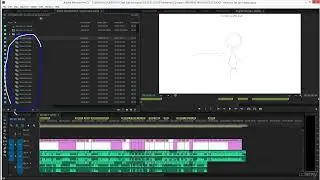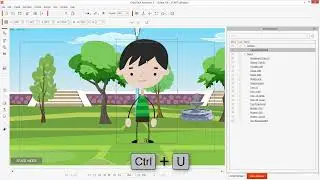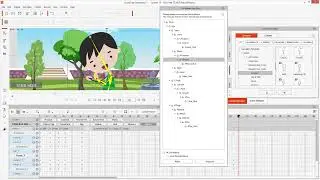125-Validation with Django Forms-opendir.clou.
*Lecture 125: Validation with Django Forms*
*Course name:* Python Django - The Practical Guide
*Description:*
In this lecture, we will learn how to validate user input in Django forms. This is an essential skill for building secure and reliable applications. We will cover a variety of topics, including:
*Creating clean methods for form fields*
*Using Django's built-in validators*
*Writing custom validators*
*Validating forms in views*
*Handling validation errors*
By the end of this lecture, you will be able to confidently validate user input in your Django applications.
*Introduction to form validation*
Form validation is the process of checking user input to ensure that it is correct and complete. This is important for a number of reasons, including:
*Protecting your applications from errors and malicious input*
*Improving the user experience by providing helpful feedback*
*Making your applications more maintainable and scalable*
*Creating clean methods for form fields*
A clean method is a method that is defined on a form field that is used to clean and validate the user's input. Clean methods are called automatically by Django when the form is submitted.
For example, the following code defines a clean method for an EmailField:
```python
def clean_email(self):
email = self.cleaned_data['email']
if not email.endswith('@example.com'):
raise ValidationError('Email must end with @example.com')
return email
```
This clean method ensures that the user's email address ends with @example.com. If the email address does not end with @example.com, a ValidationError is raised.
*Using Django's built-in validators*
Django provides a number of built-in validators that can be used to validate form fields. For example, the following code defines a form field that uses the EmailValidator:
```python
from django.core.validators import EmailValidator
email_field = forms.EmailField(validators=[EmailValidator])
```
This form field will automatically validate the user's email address.
*Writing custom validators*
If the built-in validators do not meet your needs, you can write your own custom validators. Custom validators are defined as classes that inherit from the django.core.validators.BaseValidator class.
For example, the following code defines a custom validator that ensures that a password is at least 8 characters long:
```python
class PasswordValidator(BaseValidator):
message = 'Password must be at least 8 characters long'
code = 'invalid_password'
def __call__(self, value):
if len(value) ( 8:
raise ValidationError(self.message, self.code)
```
This custom validator can be used to validate a password field:
```python
password_field = forms.CharField(validators=[PasswordValidator])
```
*Validating forms in views*
After a form is submitted, it is processed by a view. The view is responsible for validating the form and taking appropriate action.
For example, the following code defines a view that processes a form and saves the data to a database:
```python
def process_form(request):
if request.method == 'POST':
form = MyForm(request.POST)
if form.is_valid():
Save the form data to the database
form.save()
Redirect the user to a success page
return redirect('success')
else:
Display the form again with error messages
return render(request, 'my_form.html', {'form': form})
```
*Handling validation errors*
When a form is invalid, Django will raise a ValidationError. ValidationErrors can be handled in views by catching the exception and displaying error messages to the user.
For example, the following code catches a ValidationError and displays error messages to the user:
```python
try:
Process the form
pass
except ValidationError as e:
Display the error messages
messages.error(request, e)
```
*Conclusion*
In this lecture, we have learned how to validate user input in Django forms. This is an essential skill for building secure and reliable applications. By using the techniques discussed in this lecture, you can ensure that your applications are protected from errors and malicious input.
Thank you for watching this lecture. Please do follow us for more Django tutorials.


![HOW TO GET FISHMAN KARATE + SHOWCASE! [SQUARE PIECE]](https://images.videosashka.com/watch/hYK8KdZ8dW4)




























